Pemmican – Native American Survival Food
The life of the American Indians was hard. Many tribes lived on the edge of starvation, especially in the winter months. Most tribes that survived developed an agricultural lifestyle, but those that depended on hunting to eat, like the various tribes of the Plains Indians, had it hard.
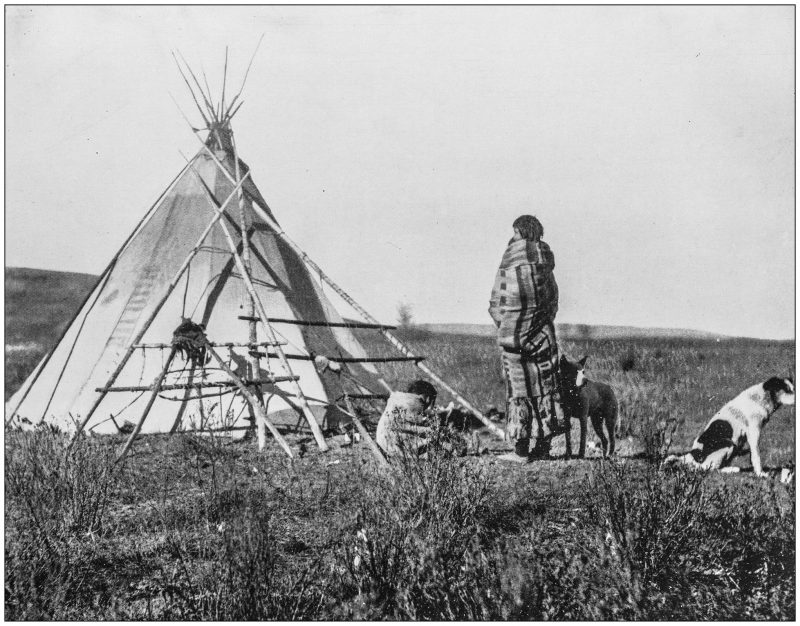
Meat is generally the hardest food to preserve, and these Plains tribes lived mostly off meat. To make matters worse, game meat generally has very little fat; and if you’re going to live off a mostly meat diet, you need fat so that your body can break it down into sugars for energy. While it is possible for the body to break proteins down into sugars, it requires much more energy for it to do so.
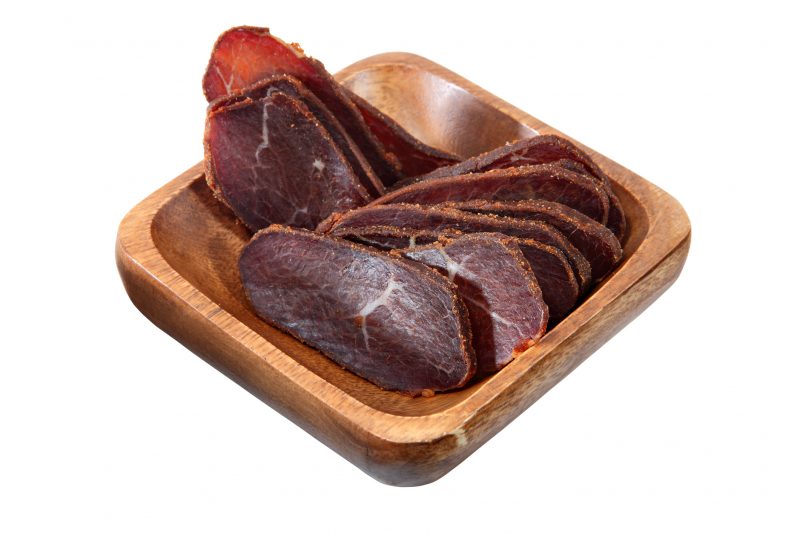
Fat was especially hard to come by in the wintertime because it was almost impossible to hunt the animals that these tribes lived on at that time of year. So, as with many other groups around the world, they found ways of preserving food so that they would have something to eat in the cold winter months.
One of the most interesting and effective ways that the Plains Indians prepared food for preservation was by making pemmican. The name of this food came from the Cree Indian word pimihkan, which is derived from the word pimi. This translates to “fat” or “grease” in English, which is appropriate as one of the major ingredients of pemmican is fat.
Pemmican differs from the more commonly-known jerky in a number of ways – most predominantly in that it includes fat. Jerky is normally made to be as fat-free as possible as the fat tends to turn rancid and potentially ruin it. The way they eliminate this problem in the pemmican is by using clarified fat, which won’t go bad if the clarifying process is done correctly. People have kept clarified fats for years without refrigeration and without them going bad.
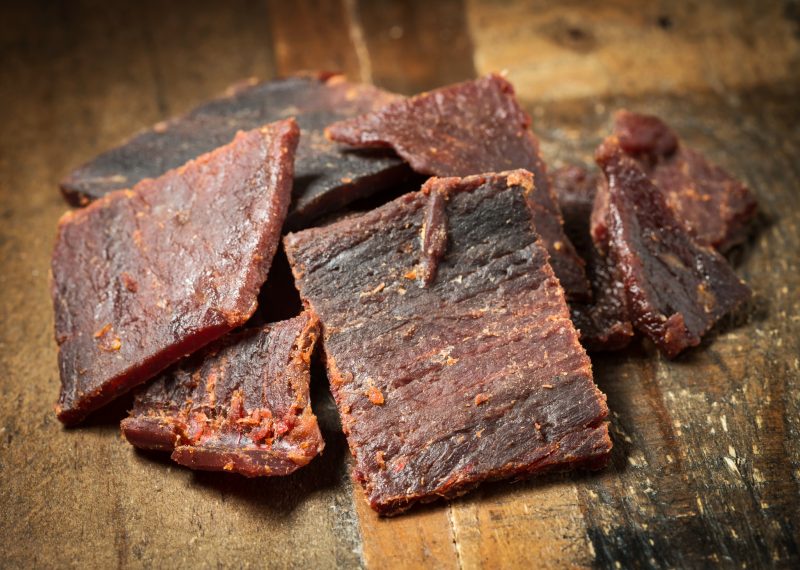
The other major ingredient in pemmican, like in jerky, is meat. In fact, you can say that making jerky is the first step in the process of making pemmican as the meat needs to be dried. Traditionally, it was cut into strips and hung over thin poles to dry in the sun or dried over smoky fires.
American Indians used bison, elk deer, and moose primarily in the making of pemmican. With the coming of the White Man and the introduction of cattle into areas where the Indians lived, beef was also used. The Indians weren’t too picky about what sort of meat they used as this was survival food for them.
Making Pemmican
It takes about five pounds of meat to make each pound of dried meat for pemmican. While it can be marinated and then dried like jerky usually is, this is not part of the traditional way it was made. The meat needs to be dried to the point where it is brittle, which is more than jerky is usually dried.
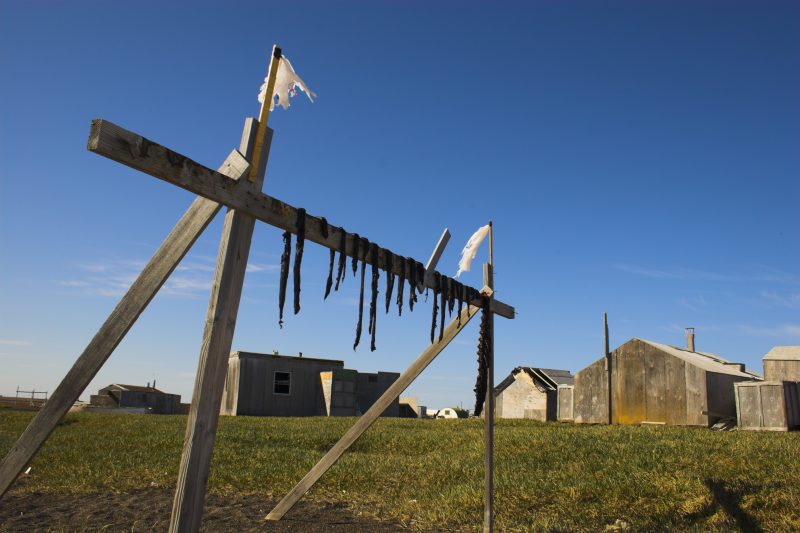
The dried meat is then pounded into small pieces, almost powdered, using stones. Today, we can accomplish the same thing more easily by using a food processor. While it is fine to make pemmican with meat that is totally powdered, it does not have to be ground quite that fine, although it often is.
Nuts and dried fruit can also be added. There is no exact recipe as the Indians used whatever they had available to them. Adding fruit rounds out the nutritional value of the pemmican nicely as well as giving it a different flavor.
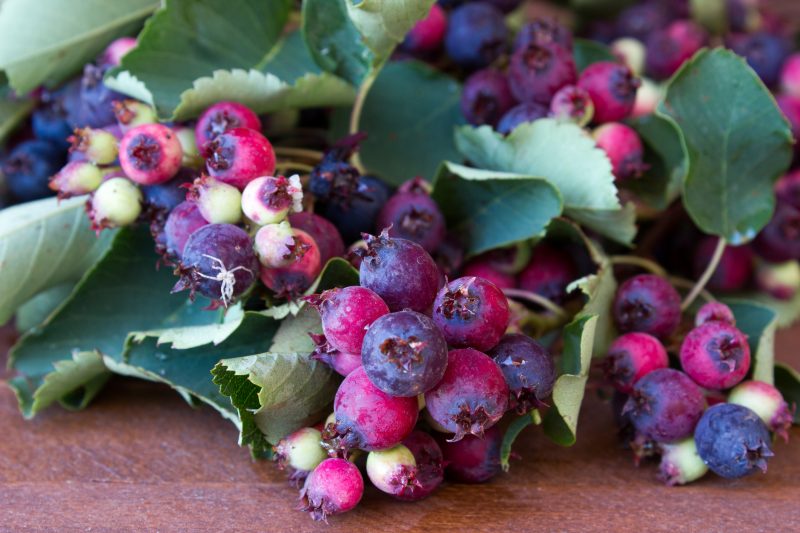
As with the meat, the fruit and nuts need to be dried fully. If you are buying commercially-manufactured dried fruit for this, you will probably need to dry it further as it won’t be fully dried. This can be accomplished quickly if you cut up the fruit and then put it in the trays of a dehydrator. The added surface area helps with the drying process. Just like the meat, chop the fruit and nuts up fine or grind them into a powder.
Once your meat and any other dry ingredients are ready, mix them together. Once again, there is no “right” proportion, but roughly a cup of fruit and nuts to every pound of meat seems to be fairly common.
The other major preparation step is to render the fat. This was traditionally done in a pot over a fire, but for our purposes, a crockpot is much easier. It can also be rendered on a stove or in the oven. The fat needs to be heated to the point where the actual fat comes out of the fat cells. Stir it occasionally to help break up the texture and to keep any parts of the fat from sticking.
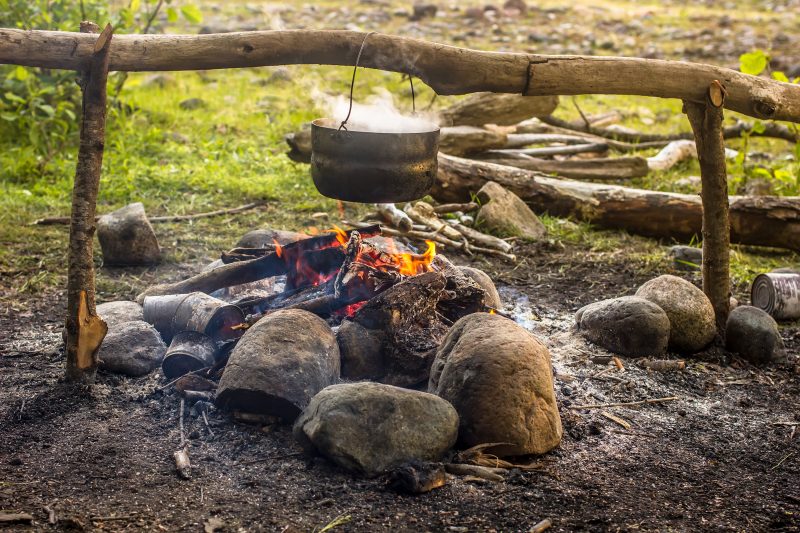
You will need to continue heating the fat for several hours until it reaches the point where it stops bubbling. Once it has reached this point, all the fat has come out of the fat cells. While it is still hot, carefully pour it through a fine mesh strainer to filter out any solid pieces.
After the fat is rendered and before it cools, add it to the dry ingredients. Some people do this at a ratio of one to one, but I prefer a ratio of one part fat to two parts meat. That’s still enough fat to hold the dry ingredients together, without there being so much that the finished pemmican tastes of nothing else.
You also want to add any other wet ingredients at this time. This could be honey, maple syrup, or peanut butter. These are added for flavor but also provide additional energy and nutrition. Honey especially is an excellent food source because of its antibacterial qualities.
Please note that while honey will literally last forever, maple syrup or peanut butter won’t, so adding them will reduce the shelf-life of your finished pemmican.
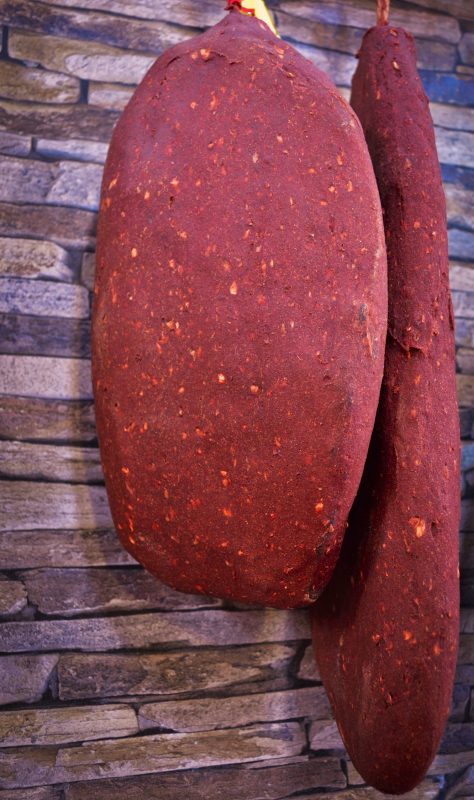
Mix all the ingredients thoroughly, being sure to wet all the dry ingredients. Scrape the corners of your bowl to ensure this. If necessary, add additional fat to wet everything.
The finished mixture needs to be spread out to dry. While it can be formed into balls, the most common method is to spread it out in a casserole dish. The thicker you spread it, the longer it will take to dry. I like to go about ½ inch thick. I also like to cut it before it is fully dried, just like cutting fudge while it is still soft.
Your finished pemmican can be stored in any airtight container. You want to keep it in a cool, dark place because the fat will melt if it gets hot. People have claimed that they have had pemmican last for as many as 50 years, but the normal shelf-life is considered to be 10 years.





